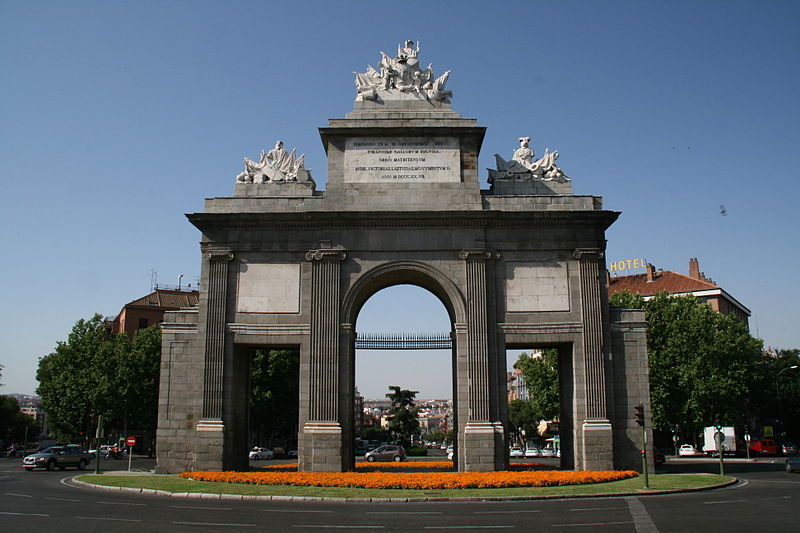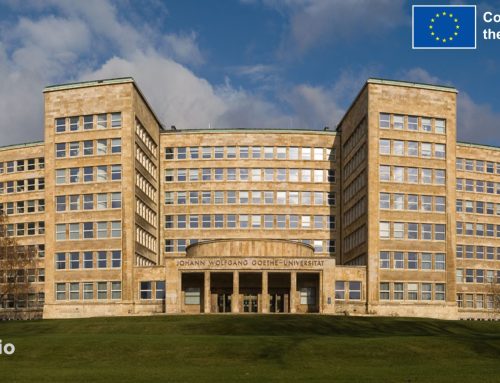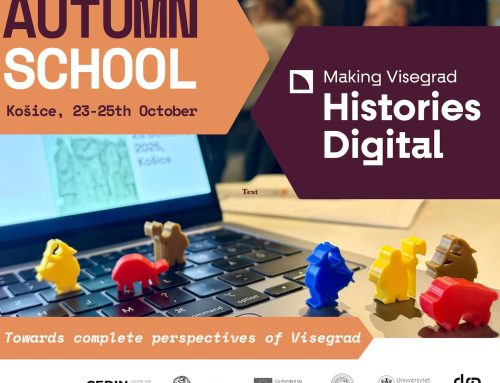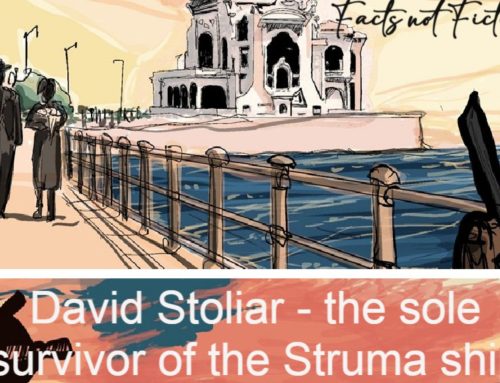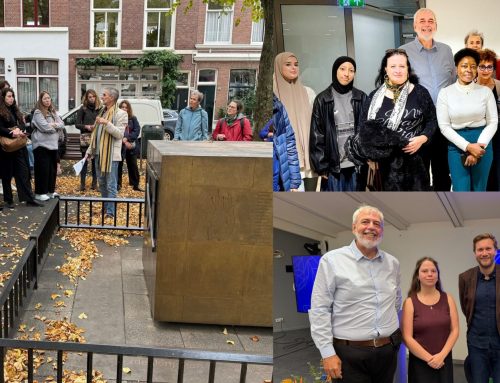During the EUscreen Annual Network Meeting, held at Carlos III University of Madrid on 5 and 6 July 2018, a panel discussion had as its main focus the educational use of audio-visual material. For EUscreen this topic is of utmost importance as copyright laws might hinder the proper use of moving images in the history classroom. In its commitment to implement innovative learning about the past using a range of historical sources, EuroClio has a keen interest in this area, aiming at maximising the potential of Historiana in this regard.
In his intervention, Alexander Cutajar (representing EuroClio), first made a case for using moving images in the history classroom. To an audience composed mainly of broadcast archivists, it was pointed out how education has moved to embrace multi-modal formats (e.g., text, image, sound, speech). Then Alexander spoke about the educational gains of using moving images in terms of student engagement and the learning of historical substantive and procedural knowledge. Placing the discussion in a wider context, Alexander argued for the importance of students being critical with moving images in order to eliminate habits of passive viewing and help them become visually-literate, which is an important objective of a history education. Against this background, and keeping copyright issues in mind, Alexander discussed features of a best-case scenario: teachers using an online platform with a repository of moving images, of a short duration (5-10 min), preferable downloadable and with English subtitles. Teachers would pause the moving images to allow for classroom discussions and have students making annotations on a screenshot. Taking on board these suggestions, Historiana would present teachers with a hybrid online tool, where they can use moving images alongside printed material.
EuroClio looks forward to working with EUscreen on this in the coming future.
Read the report here:

